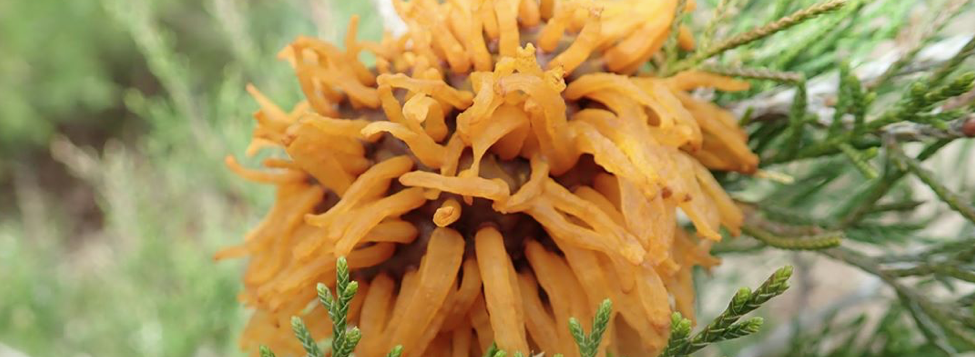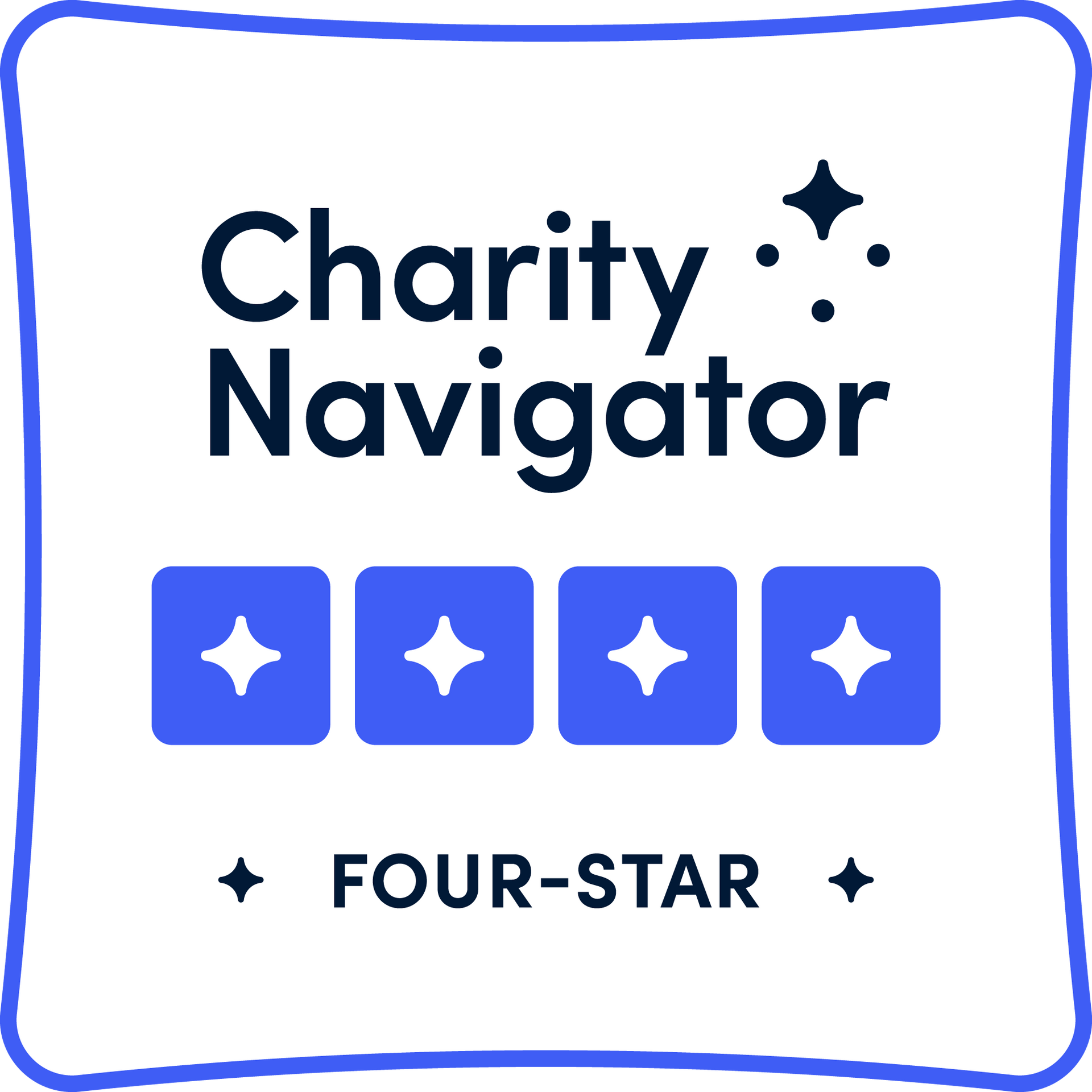Cedar Apple Rust: A Gateway Plant Disease?
Spring in the Mid-Atlantic, and much of the northern US, has been elusive this year. Temperatures are cool (c’mon Mother Nature – it’s April already!). Winter has had a hard time letting go.
On a recent family trip to Tennessee, I was enjoying a morning run and found one of my favorite signs of spring: cedar apple rust. This was no ordinary cedar apple rust; it had the most glorious, biggest, squishiest telial horns I have ever seen. I quickly shifted into full pathology geek mode and snagged my camera to document the find before they dried up.
So what is cedar apple rust (CAR)?
Rust diseases on plants are host specific, which means that the CAR is different than rose rust and different than coffee rust. Many rusts are even more unique in that more than one host is required to complete its life cycle. So for CAR, the hosts are (you guessed it) cedar and apple trees.
Rust diseases have four different spore stages. Two stages occur on the cedar host, and two on the apple host. The pathogen overwinters on cedar as hardened galls on stems that burst with orange, gelatinous tendrils in the spring following a rain event. The orange tendrils sport spores that eventually infect the apple host.
Severe infections may warrant treatment with fungicides, especially to protect apple production or ornamental flowers. Rusts typically do not kill its host outright, but they can weaken trees and impact flowering/fruiting abilities.
Arguably, my first introduction to plant pathology was through CAR. One spring when my Aunt Gretchen (from Tennessee!) was visiting us in Iowa, our juniper tree, about 50 feet away from our crabapple, had bright, orange galls all over it. I was in high school at the time and, until then, had not paid much attention to our juniper tree but was fascinated. Aunt Gretchen, however, was horrified. She was convinced the galls were full of worms and forbade me from cutting one open. Years later as a student in the horticulture department at Iowa State, I finally found the answer and was hooked on pathology after that.
As for my Aunt Gretchen, I excitedly showed her the pictures of those awesome galls from my run and reminded her of that visit so very long ago (please don’t ask how long). It opened a whole conversation about plant diseases and their impact on landscapes and agriculture and our efforts as an industry to be environmental stewards. My hope is that she caught a bit of my enthusiasm and will be more aware of landscapes and (of course) plant diseases going forward. Fungi rock!
For more information about CAR, please visit:
Share This Post







